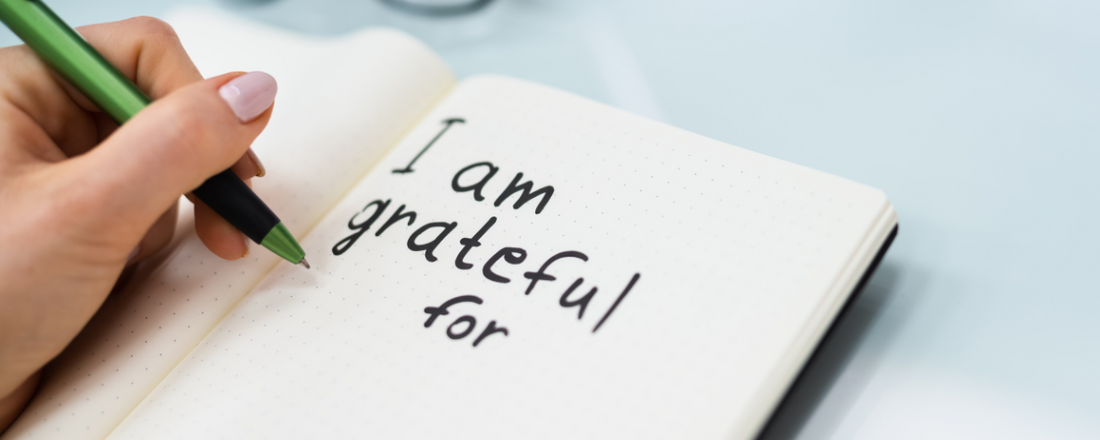While there is not singular way to use a gratitude journal there are a few tips and suggestions to help guide you on your gratitude journal journey that I have found useful:
To get the most out of your gratitude journal, set aside dedicated time each day or week to jot down one to three things you are thankful for - at the start don't overburden yourself trying to think of lots of things to be grateful/thankful for - start with one. Remember you want to be successful so give yourself the best chance of success by keeping things simple.
Be specific and descriptive about each gratitude entry, reflecting on both simple and significant moments. Experiment with different formats, such as handwritten letters or vision boards, to personalize your experience (I find a simple small inexpensive 7 day/week view, student diary the best option).
Consistency is Key:
Set aside a specific time each day or week to write in your gratitude journal. Consistency helps establish the habit and ensures that you regularly engage in the practice. Consistency is key, to fostering a positive mindset and promoting overall well-being. I've found picking the time just before bed and incorporating it into my bedtime routine as the most successful in terms of fostering consistency. Doing it once a week, has personally never really worked for me - I have trouble with my short term memory so I find it optimal to do on a daily basis, rather then trying to remember and recall everything at the end of the week. Experiment and find what works best for you - remembering that this is something that you want to do each day, each week for the long haul. establishing a new habit into your routine can take time and patience as you find out what works for you.
Start Small:
Begin with writing down just one thing you are grateful for each day. They can be as simple as a beautiful sunset, a great cup of coffee, a kind gesture from a friend, or a moment of personal achievement.
Be Specific:
Instead of generic statements, be specific about what you are grateful for. Describe the details of the experience, person, or thing that brought you joy.
Reflect on Challenges:
Include moments of gratitude even during challenging times. Reflect on lessons learned, personal growth, or support received, finding positive aspects even in difficulties. For example 'I am grateful for ...... in my life as today they have shown me how not to treat people and the importance of kindness and grace', 'they make me strive to be the best version of myself'.
Experiment with Formats:
Whether you choose a traditional journal, a diary, vision board, collages or letters to yourself, experiment with different formats to find what resonates with you. The key is to make it a personalized and enjoyable experience.
Express Emotions:
Don't be afraid to express your emotions in your gratitude journal. If something made you particularly happy, excited, or grateful, articulate those feelings to deepen the impact. Your gratitude journal is a safe, personal space where you can express yourself honestly and authentically.
Review and Reflect:
I find it helpful to periodically review my entries to reflect on patterns, growth, and evolving sources of gratitude. This retrospective practice has been really insightful and encouraging. Additionally, when I am experiencing a particularly challenging moment in my life, I find it useful to go back over past entries to remind myself of what makes me happy and uplifts me.
Wishing you heartfelt positive energy on your own journey of gratitude journal writing.

